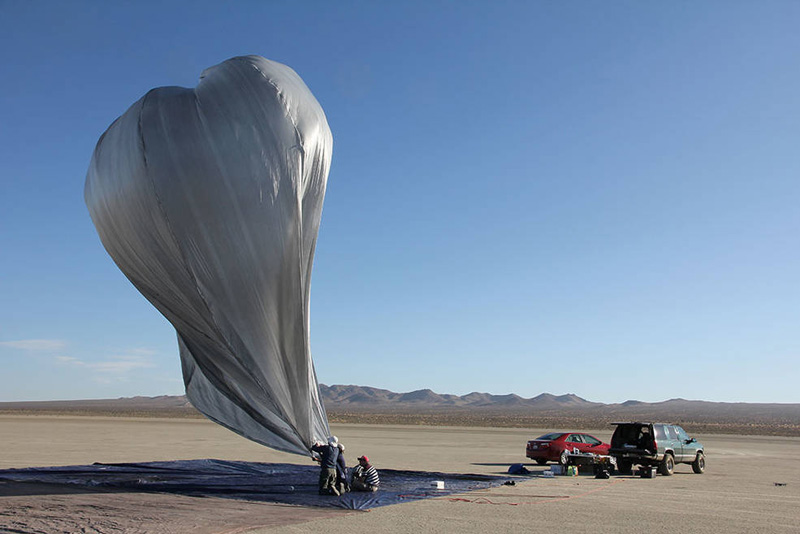21 April 2022–Earthbound seismologists have the luxury of deploying their seismometers on relatively peaceful ground, but scientists studying Venusquakes have had to set their sights higher.
Since high temperatures and pressures on Venus’ surface make it technologically challenging to place seismometers there, researchers are working on balloon-borne instruments that detect seismoacoustic signals in the planet’s atmosphere, said Siddharth Krishnamoorthy of NASA’s Jet Propulsion Laboratory, at the Seismological Society of America’s Annual Meeting.
Seismic data gathered on Venus can help researchers learn more about the planet’s interior structure and formation history, in the same way seismology has helped to define the interior of Earth, the Moon and Mars.
Studies on Earth have shown that barometers attached to balloons can detect and characterize atmospheric infrasound waves caused by earthquakes and volcanic eruptions. Krishnamoorthy and colleagues are developing similar instrumented balloons that would fly in Venus’ middle atmosphere, where temperatures and pressures are more hospitable than at the planet’s surface.

Although researchers are still adjusting the design of the Venus balloons and their payloads, Krishnamoorthy said the instrumentation for seismoacoustic detection “is basically mature.” The bigger challenge facing upcoming missions, he said, is to collect and characterize more balloon-based seismoacoustic data from events on Earth so that any signals detected on Venus can be identified properly.
The researchers are hopeful that balloons in Venus’ atmosphere will be able to detect strong signals from ground motion on the planet, because the planet’s atmosphere is so thick. “The efficiency of energy transfer from ground to atmosphere depends on the difference in densities between the ground and the atmosphere,” Krishnamoorthy explained.
The density of the crust and the atmosphere on Venus are more similar than the two are on Earth, “so energy just flows through that interface much more efficiently than on Earth,” he said. “A level of ground motion on Venus will produce roughly 60 times the atmospheric signal on Venus than that same level would produce on Earth.”
The skin of the Venus balloons is designed to be resistant to atmospheric sulfuric acid, and to reflect as much sunlight as possible to keep their buoyant helium cool and long-lasting. Their infrasound-capturing equipment would largely be the same as on Earth balloons, although engineers are always looking for ways to miniaturize this payload.
The 1985 Soviet Vega missions previously deployed two balloons in Venus’ atmosphere, but these balloons were only able to transmit a small amount of data and were focused on meteorological data collection, not infrasound, Krishnamoorthy noted.
Krishnamoorthy and his colleagues are preparing for an eventual Venus mission by studying the small but increasing amount of data from balloon-based seismoacoustic studies on Earth, including signals from one earthquake that they were able to detect. “We are collecting a lot of detections so that we can start seeing patterns, and start relating properties of the quake to the infrasound signals,” he said.
In the one detected earthquake, for example, “one of the things we noticed was that the pressure signal at low frequency was an almost one-to-one copy of the ground motion signal,” said Krishnamoorthy.
Combined with Venus ground and atmosphere models, the researchers hope to eventually use seismoacoustic data to calculate the magnitude and location of seismic events on the planet.
Planetary seismology has become a more exciting field in the past five years, with the successful deployment of the InSight seismometer on Mars, Krishnamoorthy said. “What’s emerging is that perhaps there is a consistent set of rules that can be applied to all the terrestrial planets, and that they’re different flavors of the same system of equations.”
